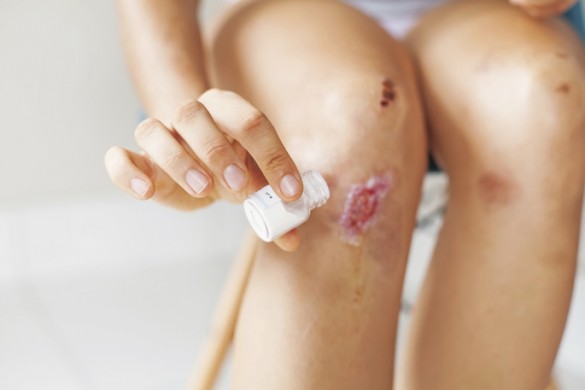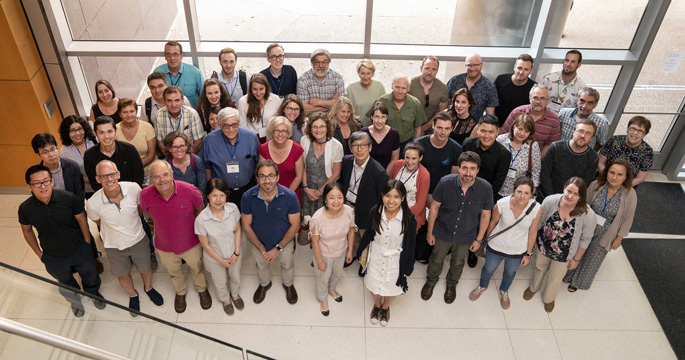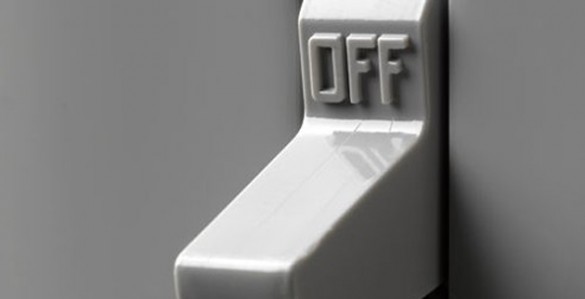by Sanjay Mishra
Basement membranes are an ancient form of extracellular matrix composed of complex biological molecules including Collagen IV. As important structural and functional components of tissues, basement membranes are subject to environmental damage, but little is known about how they are repaired.
Now, a study by Andrea Page-McCaw, PhD, and colleagues published in the Journal of Cell Science presents a new way to analyze basement membrane repair. The researchers fed fruit flies a compound called DSS, which accumulated in the basement membrane, damaging it and making it weaker.
Two days after withdrawing DSS, the gut matrix was repaired. However, in flies where new matrix components were not available or Collagen IV crosslinking was impaired, the basement membrane did not recover. Thus, repair occurs through replacement of matrix components and crosslinking.
Because crosslinking is also required to maintain basement membranes over time even without specific damage, it appears that similar mechanisms maintain and repair basement membranes, indicating that basement membranes are surprisingly dynamic.
This research was supported by National Institutes of Health grants (AR072510, GM125028, HL136081, DK103831, DK116964) and a Burroughs Wellcome Fund Career Award for Medical Scientists.















